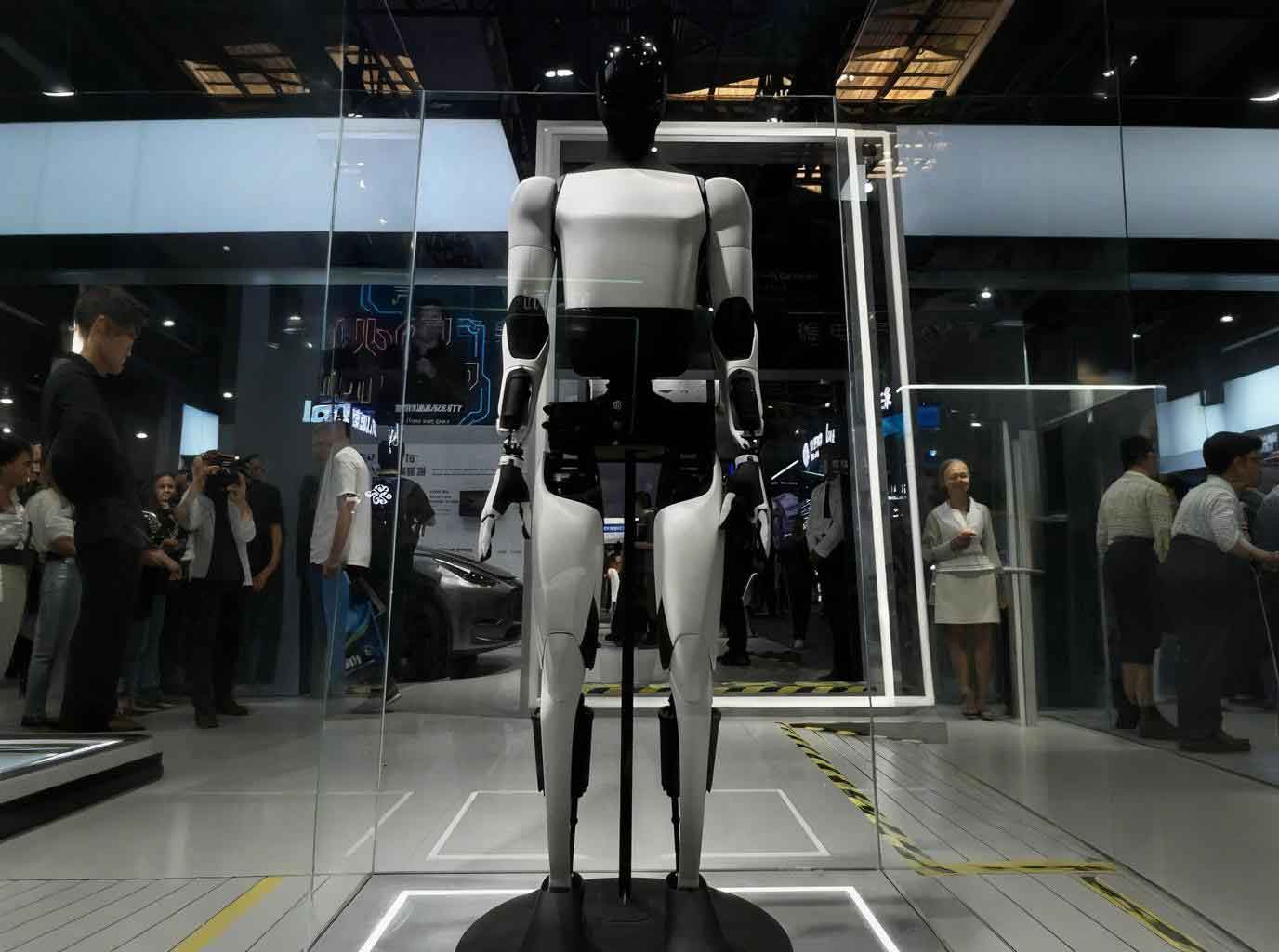What if your collectible figurine possessed a soul? Would it become your confidant, best friend, or romantic partner? At Shanghai’s Lingtong Robotics laboratory, this concept transitions from fantasy to tangible innovation. Founder Lu Jie reveals how the convergence of embodied intelligence and the booming “Gu Zi” economy could spawn a revolutionary consumer product: interactive 60-centimeter-tall companion robots with 35 degrees of freedom, capable of conversation, gestures, and distinct personalities.
While animating figurines isn’t novel, infusing them with authentic “souls” for meaningful companionship presents unprecedented challenges. Technologically, advancements in robotic supply chains now enable customized micro-miniature components, while large language models enhance interactive capabilities. Market-wise, China’s soaring anime industry and Gu Zi economy—referring to anime merchandise like badges, cards, and figurines—expand the potential audience exponentially. This fusion of anime IP and embodied robotics may catalyze the next evolution in tech-infused entertainment.

Inside Lingtong Robotics’ lab in Shanghai’s Caohejing International Incubation Center, a 60-centimeter embodied robot demonstratively crosses its arms and shakes its head to express displeasure. Three digital servo motors embedded in its shoulders facilitate fluid motion. Integrating 35 such motors into such a compact frame demands extreme miniaturization—a core differentiator from bulkier industrial humanoid robots.
Traditional humanoids typically rely on industrial-grade motors measuring around 4 centimeters in diameter. Lu Jie notes that initial development faced hurdles as the smallest commercially available motors measured 8 millimeters. Custom solutions became imperative: “Micro-components aren’t cost-effective for suppliers due to high mold costs and limited downstream demand.” After collaborating with domestic manufacturers, Lingtong achieved breakthroughs with 6-millimeter custom digital servos. “Large humanoids rarely exceed 30 degrees of freedom excluding dexterous hands—we packed 35 into a miniature platform,” Lu Jie emphasizes.
Movement alone doesn’t define interaction. The greater challenge lies in synchronizing AI cognition with contextual responses. Lingtong employs multi-modal large language models from multiple providers, dynamically switching cloud-based systems to enable “leaps in logic” and reduce mechanical rigidity. For instance, when a user mentions “dieting,” the embodied robot uses its camera to identify snacks in the user’s hand and responds vocally: “Didn’t you commit to controlling your diet yesterday?” This interplay relies on integrated cameras, shoulder-mounted touch sensors, and microphone arrays.
When an anime-styled embodied robot processes environmental inputs via sensors, learns through multi-modal computation, and delivers personalized feedback through hardware, it transcends toy status. “We aim for authentic companionship—a fundamental departure from conventional playthings,” states Lu Jie. Rather than merely selling hardware, Lingtong envisions an IP-native platform where robots serve as customizable avatars. Pricing mirrors trendy play strategies: a base “blank” embodied robot costs approximately RMB 6,000, including generic shells and basic attire, while licensed IP kits with unique personas, voices, and costumes range from hundreds to thousands of RMB.
Beyond hardware refinement, Lingtong adopts user co-creation to enhance versatility. A developer kit—featuring blank robots, tools, and starter IP—will allow programmers to port mobile-based virtual companion apps to physical embodied robots using accessible APIs. This open framework encourages third-party innovation and ecosystem growth.
Lingtong’s first batch targets late-2025 deliveries, launching initially in Japan and South Korea before debuting in Shanghai. Lu Jie attributes Shanghai’s priority status to its cultural DNA: “The city’s anime heritage provides fertile ground for this new category.” Shanghai’s institutional backing reinforces this positioning. March 2025’s “Several Measures of Shanghai Municipality to Promote the Innovative Development of the Service Industry” explicitly prioritizes “Gu Zi economy” products. Concurrently, the “Shanghai Action Plan for Promoting the High-Quality Development of the Intelligent Terminal Industry (2022-2025)” accelerates embodied intelligence research and industrial clustering, with companies like Fourier and Astribot advancing compact, open-source robots—though primarily targeting developers rather than consumers.
Market projections underscore the opportunity. According to Qianzhan Industry Research Institute and Zheshang Securities Research Institute, China’s anime industry will grow from RMB 221.9 billion in 2023 to RMB 590 billion by 2029, an 18% compound annual growth rate. Shanghai dominates this landscape: 15 of China’s top 100 anime-themed malls and 80 major anime stores operate here—both metrics rank first nationally. Per First Financial New Line data, Shanghai’s offline anime commerce reached nearly RMB 1.2 billion in 2024. The Bailian ZX Fun Field mall exemplifies this vigor, attracting 15 million visitors within 18 months of its 2023 opening and exceeding RMB 700 million in two-year sales.
Lu Jie contends that traditional Gu Zi commerce relies on emotional fandom, whereas Lingtong shifts the paradigm toward “long-term companionship.” Embodied robots memorize user preferences via cloud-based AI, developing unique personalities through interactions. “It’s like materializing a virtual boyfriend from apps like ‘Hoshino’—ensuring sustained user engagement,” he explains. As robotics learns empathy and Gu Zi culture breaches dimensional barriers, Lingtong’s narrative may herald a new consumer-tech frontier where embodied robots evolve from desk ornaments to lifelong partners.
